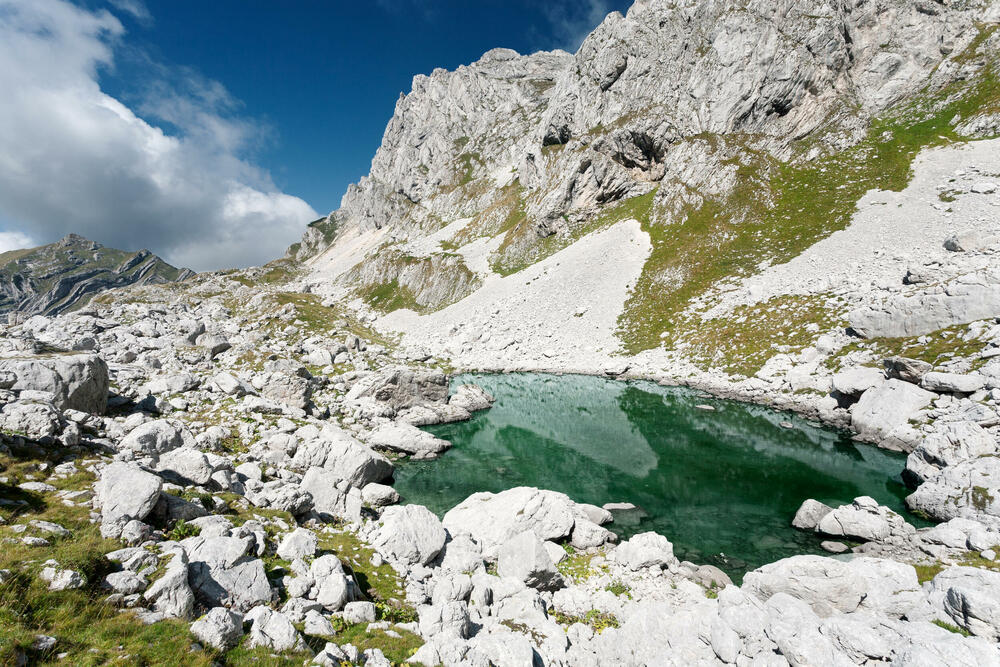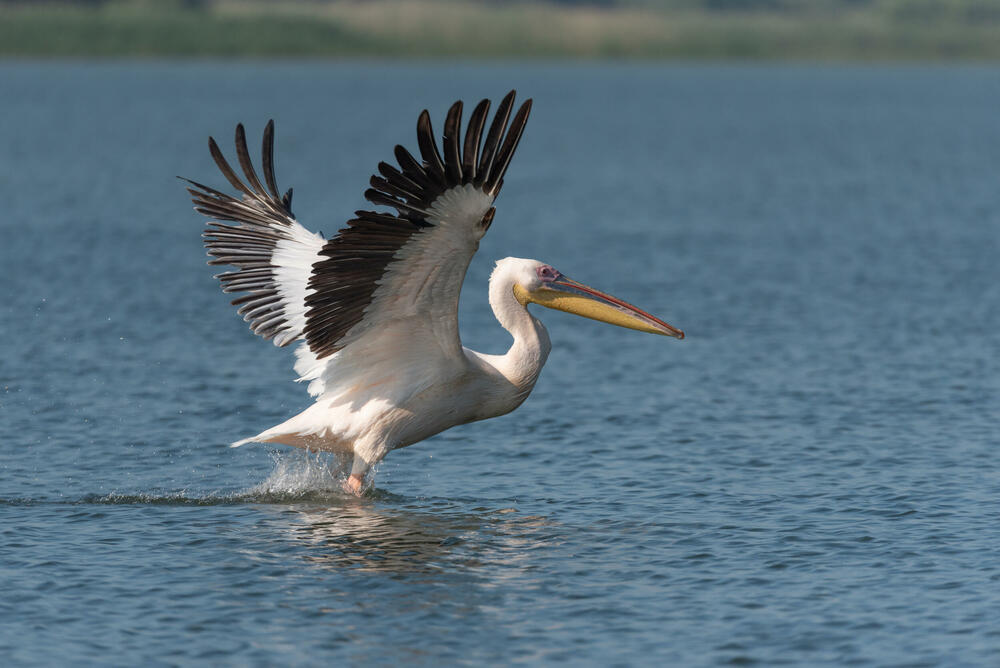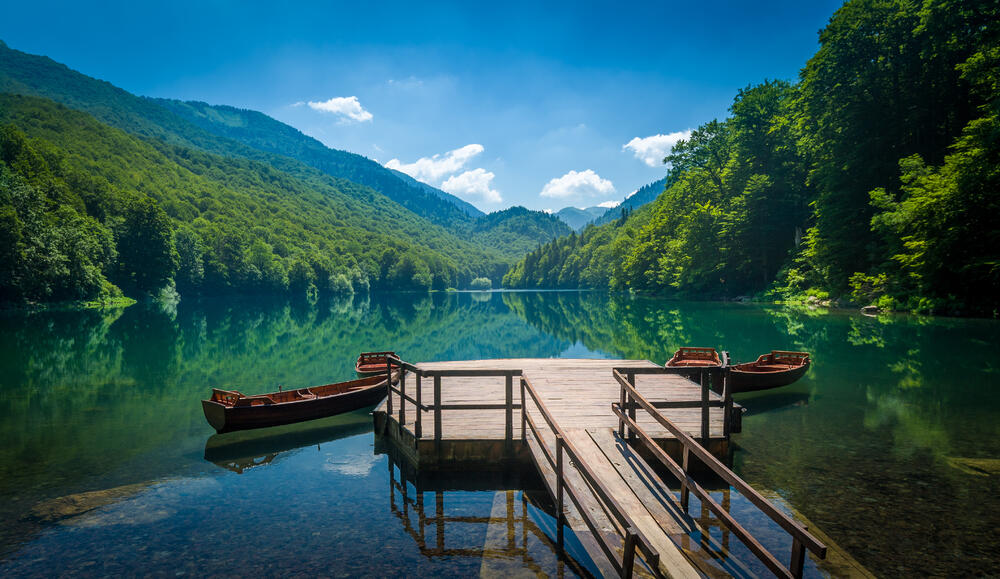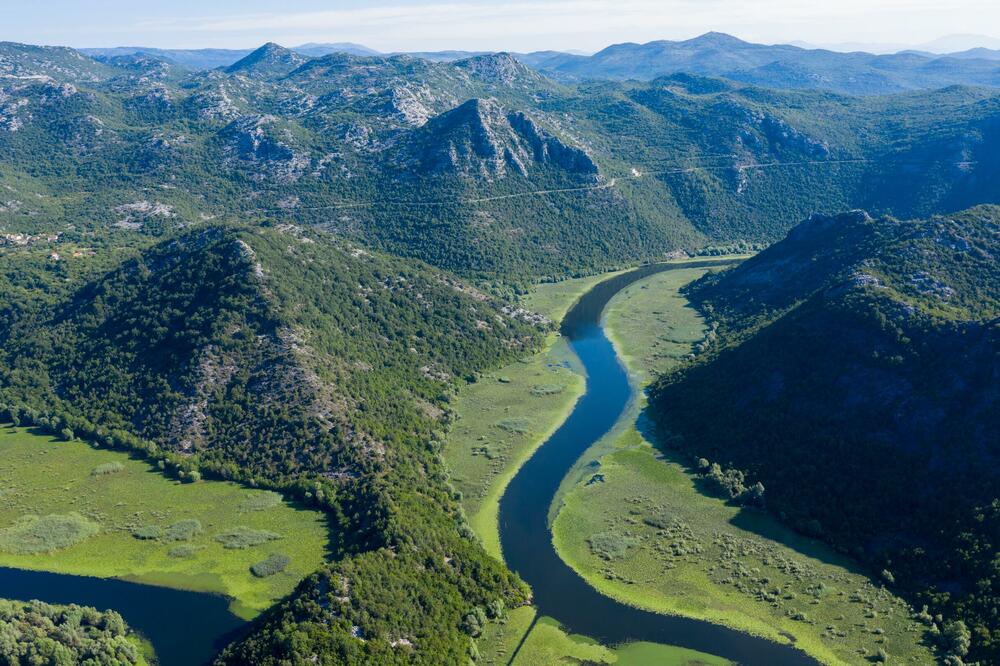National parks play a crucial role in preserving biodiversity, protecting endangered species, and maintaining ecological balance.
They serve as a living laboratory for scientists and researchers, offering invaluable insights into the workings of nature.
Furthermore, these parks contribute significantly to the economy through tourism, providing employment opportunities for local communities.
In Montenegro, the importance of national parks is deeply ingrained in the national consciousness.
The country's commitment to preserving its natural heritage is reflected in its legislation, with stringent laws in place to protect these areas from human encroachment and environmental degradation.

Preserving Biodiversity
Montenegro's national parks are home to a wide array of flora and fauna, some of which are endemic to the region.
The preservation of these parks is crucial for maintaining the country's rich biodiversity.
The parks serve as a refuge for many species, providing them with the necessary habitat for survival.
Furthermore, these parks play a vital role in preserving genetic diversity, which is essential for the adaptability and resilience of species.

Genetic diversity allows species to adapt to changes in the environment, ensuring their survival in the face of threats such as climate change and disease.
Protecting Endangered Species
Montenegro's national parks are also a sanctuary for many endangered species. These parks provide a haven for these species, protecting them from threats such as habitat loss, poaching, and climate change.
Through stringent protection measures and conservation programs, Montenegro is committed to ensuring the survival of these species.
These efforts not only contribute to global biodiversity but also enhance the ecological health of the parks.
The Role of Tourism
Tourism plays an important role in supporting Montenegro's national parks. These parks attract millions of visitors each year, contributing to the local and national economy.
Moreover, tourism provides an opportunity to educate visitors about the importance of conservation, fostering a greater appreciation for nature.
However, it is essential to balance the benefits of tourism with the need to protect the parks' delicate ecosystems.
Montenegro has implemented sustainable tourism practices in its national parks to minimize the impact of tourism on the environment. These practices include limiting visitor numbers, promoting responsible behavior, and investing in infrastructure that minimizes environmental impact.
Sustainable Tourism Practices
Montenegro's commitment to sustainable tourism is evident in its management of national parks. The country has implemented a range of measures to ensure that tourism activities do not compromise the parks' ecological integrity.
These measures include limiting visitor numbers during peak seasons, implementing strict waste management practices, and promoting eco-friendly activities such as hiking and bird watching.
By prioritizing sustainable tourism, Montenegro ensures that its national parks can be enjoyed by future generations.
Educational Opportunities
National parks also serve as outdoor classrooms, offering a wealth of educational opportunities.
Through guided tours, interpretive displays, and educational programs, visitors can learn about the parks' unique ecosystems, the species that inhabit them, and the importance of conservation.
Education is a powerful tool in fostering a culture of conservation. By educating visitors about the importance of preserving nature, Montenegro is nurturing a generation of environmentally conscious citizens who will carry forward the country's commitment to conservation.
Montenegro's National Parks
Montenegro boasts five national parks, each with its unique characteristics and attractions.
These parks encompass a diverse range of ecosystems, from towering mountain ranges to serene lakes, offering visitors a glimpse into the country's natural beauty.
These parks include Durmitor National Park, known for its dramatic landscapes and rich biodiversity; Lovćen National Park, home to the mausoleum of Petar II Petrović-Njegoš, a beloved Montenegrin ruler, poet and philosopher; Biogradska Gora National Park, one of the last three rainforests in Europe; Skadar Lake National Park, renowned for its birdlife; and Prokletije National Park, often referred to as the 'Southern Alps'.
Durmitor National Park
Durmitor National Park is a UNESCO World Heritage Site, renowned for its stunning landscapes that include mountains, lakes, and forests.
The park is home to over 1,600 species of plants and a diverse range of wildlife, including wolves, bears, and eagles.
The park's most famous feature is the Tara River Canyon, the deepest canyon in Europe.
The park offers a range of activities for visitors, including hiking, rafting, and bird watching, making it a must-visit destination for nature enthusiasts.
Biogradska Gora National Park
Biogradska Gora National Park is one of the last three rainforests in Europe.

The park is known for its pristine beauty, with ancient trees, clear lakes, and a diverse range of flora and fauna.
It offers several hiking trails, allowing visitors to explore its untouched wilderness.
The park is also home to the Biogradska Gora Lake, a stunning glacial lake surrounded by lush forests.
Visitors can enjoy a leisurely boat ride on the lake, soaking in the park's serene beauty.
Bonus video:





